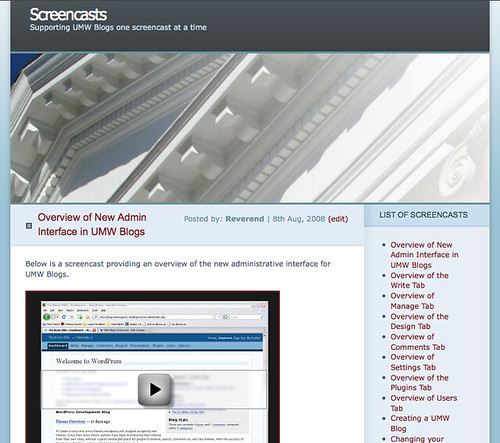What Should Corporations Do With Their Blogs | chrisbrogan.com.
I was fortunate to be able to call together a great group of people at a moment’s notice to host a flash panel at the Pepsico Podcast Playground at SXSW. I wanted to talk about a Wall Street Journal article where AMD blogged about something and then Intel said blogs weren’t the place to talk about important issues. I pulled together George Smith, Jr, from Crocs, Christopher Barger from GM, Keith Burtis from Best Buy, Bonin Bough from Pepsico, Pat Moorhead from AMD, and Morgan Johnston from JetBlue for a conversation.
What follows is a video from the flash panel. I hope you’ll watch it and share your thoughts.
[vimeo]http://vimeo.com/3737019[/vimeo]



 Growing Pains: Can Web 2.0 Evolve Into An Enterprise Technology? — Web 2.0 — InformationWeek
Growing Pains: Can Web 2.0 Evolve Into An Enterprise Technology? — Web 2.0 — InformationWeek
 Here’re some more interesting TinyMCE links:
Here’re some more interesting TinyMCE links: